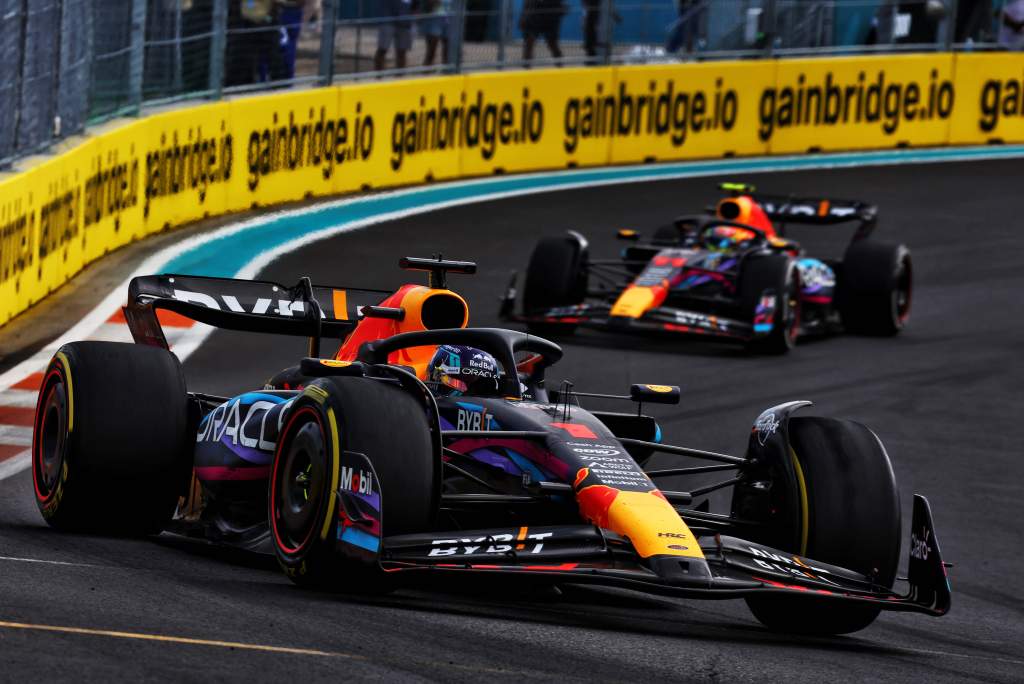Up Next

We’re just over a third of the way into the 2023 Formula 1 season, which has taken in a wide range of track characteristics and given teams plenty of opportunity to introduce upgrades. So it’s the ideal time to see where everyone stands in the pecking order, and identify the one area where pacesetter Red Bull is lagging behind.
Despite Red Bull dominating by winning all the races, this is without doubt the closest season we have had in a long time in terms of overall competition. The performance gap from front to back normally bounces around the 2% mark but one objective of the 2022 regulations has been achieved on this front. The gap from fastest to slowest on average this year so far is just 1.704%, the smallest since 2009 when it was just under 1.4%.
Max Verstappen and Red Bull are way ahead of the rest. Yes, the following bunch are possibly closing in and the aerodynamic testing restrictions will have an impact, but there’s still some developmental firepower left for all of the teams.
To evaluate the performance of each team, I have taken the fastest lap set by each team on every race weekend and turned that into a percentage of the fastest lap set that weekend overall – which is known as the supertimes method. That means if you were fastest every weekend with either of your drivers, you would be at 100%. So anything above 100% is your average deficit.
I’ve always maintained that if one driver can do it in a certain car then so should the other one, so taking the fastest lap is the most accurate way to judge car pace. However, it’s not always the case that both drivers can do it, but more on that later.
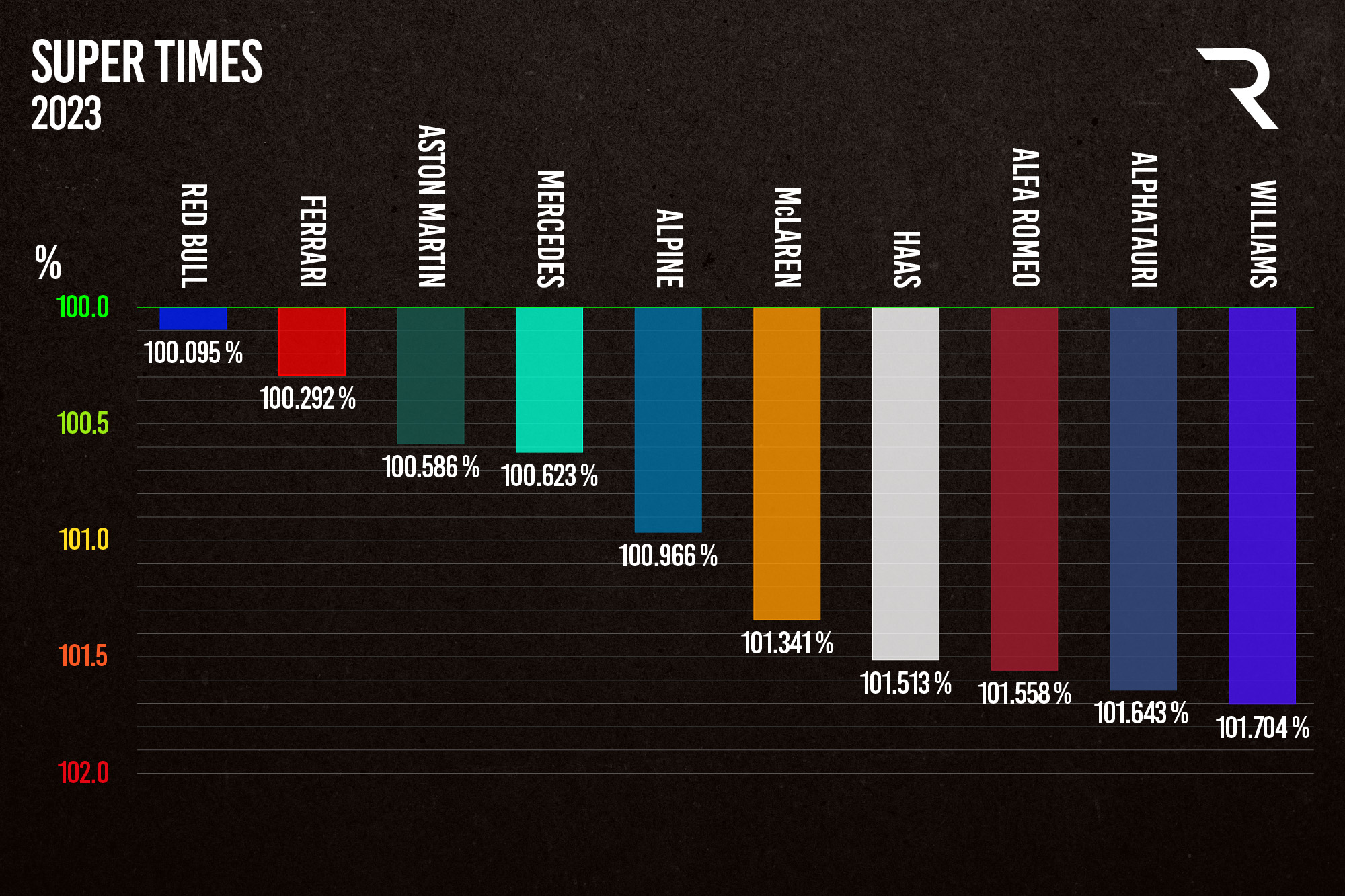
That the gap from Red Bull to the slowest car (Williams) is just 1.704% is incredibly close and a credit to all the teams. You could say that what has led to that is that the new regulations are a bit too restrictive. There is still variety in the visual appearance, but there is an increasing tendency for everyone to head down the Red Bull design path. Although there’s often a tendency for design philosophies to become more similar with rules stability, the restrictive rules amplify this effect as there’s fewer options in terms of other directions.
Red Bull is setting the pace, primarily courtesy of Verstappen, but Ferrari on a good day is right in there on one-lap pace. Mercedes will need a couple more races to get the best from its upgrade package because when you change the characteristics of the car to compensate for longitudinal load changes it requires a bit more set-up optimisation. As we know with these ground effect cars, that needs to be done on track.
Aston Martin is hanging in there courtesy of Fernando Alonso. Its strongest weekend was Monaco, where it was just 0.118% off Red Bull, which was its big chance so far this season to get the top step the podium. But with the Canada upgrades, Aston Martin’s Spanish Grand Prix struggles seem to be a thing of the past and Alonso was right back at the sharp end – so there might be other chances to challenge for a win.
As for the others, they do pop up occasionally. Alpine had a very strong weekend in Monaco, but the problem is it is not consistent enough to get a real read on where the car really stands.
From McLaren in sixth down to Williams in 10th it’s super close; there is no team that has been dropped off the back of the grid, which is what we had prior these regulations. We just need more wheel-to-wheel racing combat without the FIA getting too involved by dishing out penalties.
Montreal with its adverse weather conditions may have skewed the average numbers just a little, but judging performance over eight races allows for one or two spurious results without having too much effect on the big picture.
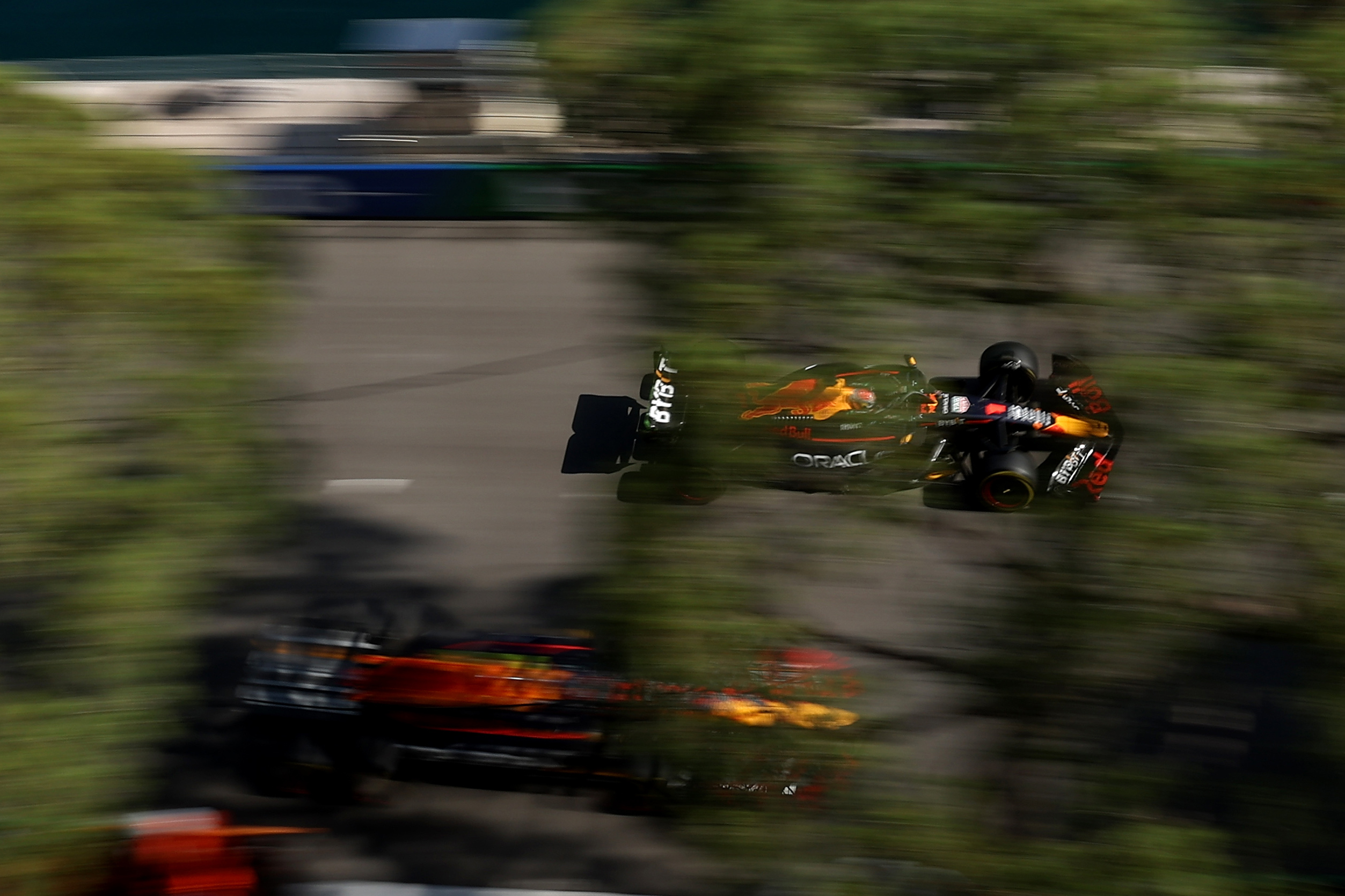
That all sounds great for Red Bull, but let’s factor in the second driver.
To do this I have taken the fastest times for each individual driver for each weekend and converted that into a percentage of the outright fastest for each weekend, and then ordered the graphic below by the deficit between the team-mates that this method reveals.
Ideally, you would want as small a gap as possible between the two cars. Provided the drivers are operating at a high level, that means you are getting the most out of the car.
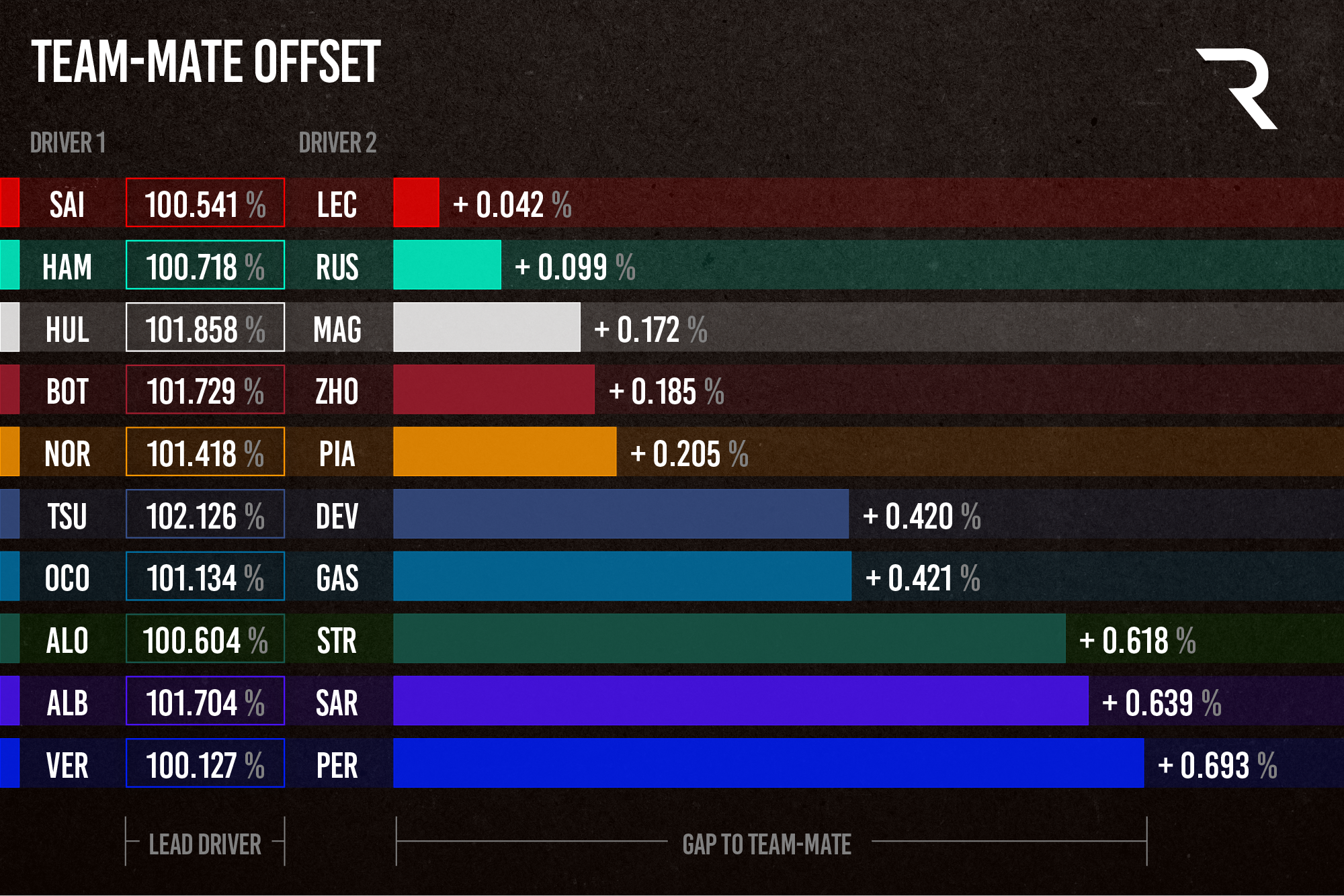
This is where Red Bull comes out worst. It’s fair to say that is primarily down to Sergio Perez’s struggles with his four failures to reach Q3, but there have also been times where Verstappen has hit trouble – notably with his driveshaft problem in Jeddah qualifying.
This team-mate disparity isn’t a big problem in 2023 because Verstappen has scored enough points single-handedly to put Red Bull in the lead of the constructors’ championship. However, in a tighter battle it could be a big problem, especially when you consider that Mercedes and Ferrari both come out well by this measure.
There’s also perhaps a warning there for Aston Martin given Lance Stroll’s struggles.
In some cases, bad luck widens the gap between a team’s two drivers, but normally that all evens out as the season progresses. But if that doesn’t happen by the end of the year and you lose out in the championship as a result – and remember even the lower positions are worth a lot of money – then you may need to make changes.
Over the years, some teams have found it less political internally if they had a clear number one and just focused that driver on wins and the prestige of the drivers’ championship. But as the constructors’ championship is the big pay day, that is every bit as important so you need strong contributions from the second driver too..
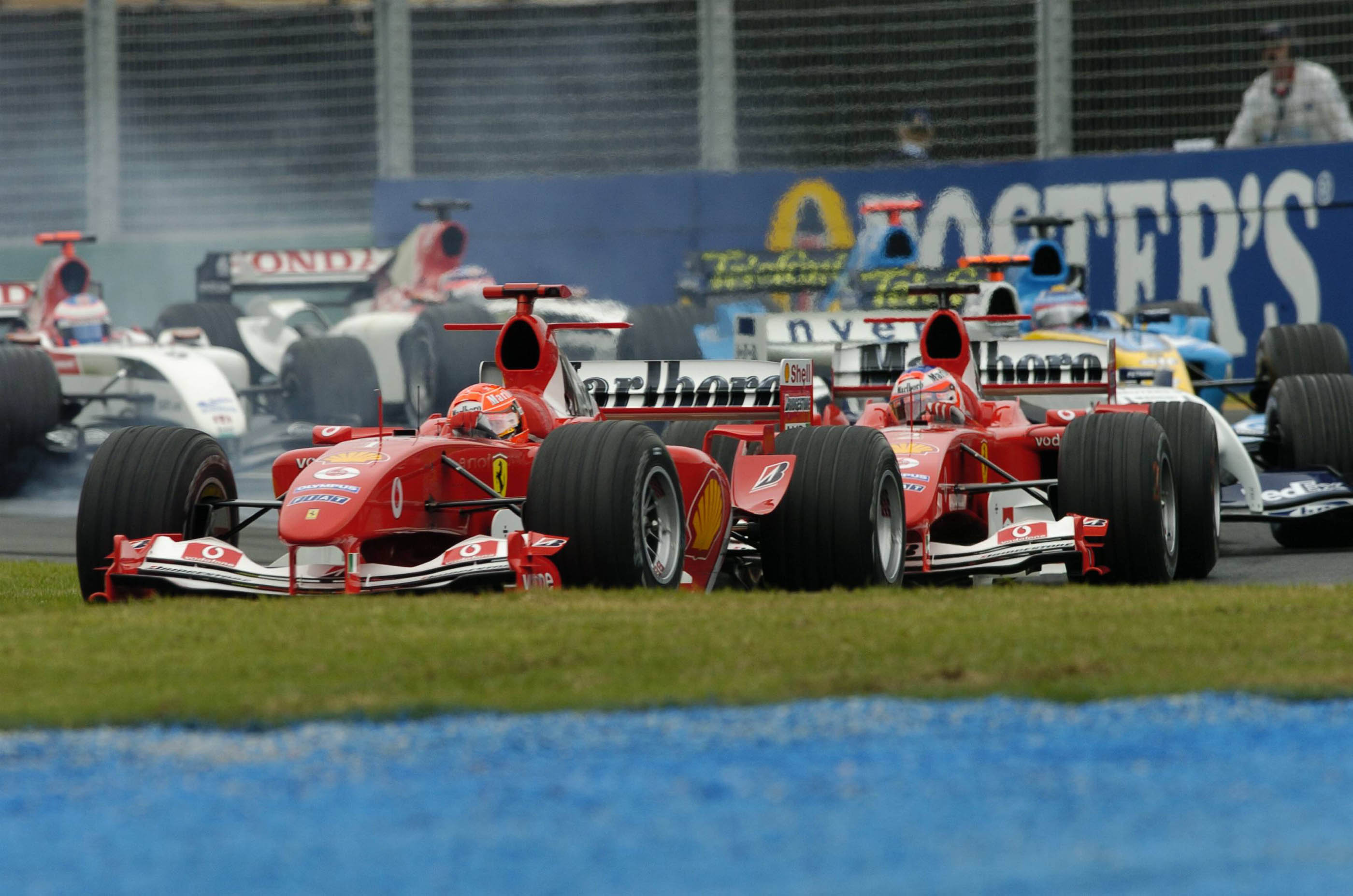
Ideally, a team needs to have two good drivers and a decent car, meaning it will be a strong contender. But it can help if there’s a very slight offset between the two but one that isn’t too big – if you are lucky enough to have that then you need a clear number one, as drivers like Eddie Irvine and Rubens Barrichello found out at Ferrari when they teamed up with Michael Schumacher.
For Red Bull, having a big gap between its drivers in terms of execution is great to ensure Verstappen is happy and works well this year. But the numbers this year expose a weakness that could be exploited by its rivals in the future. If, that is, they can produce a fast enough car.


